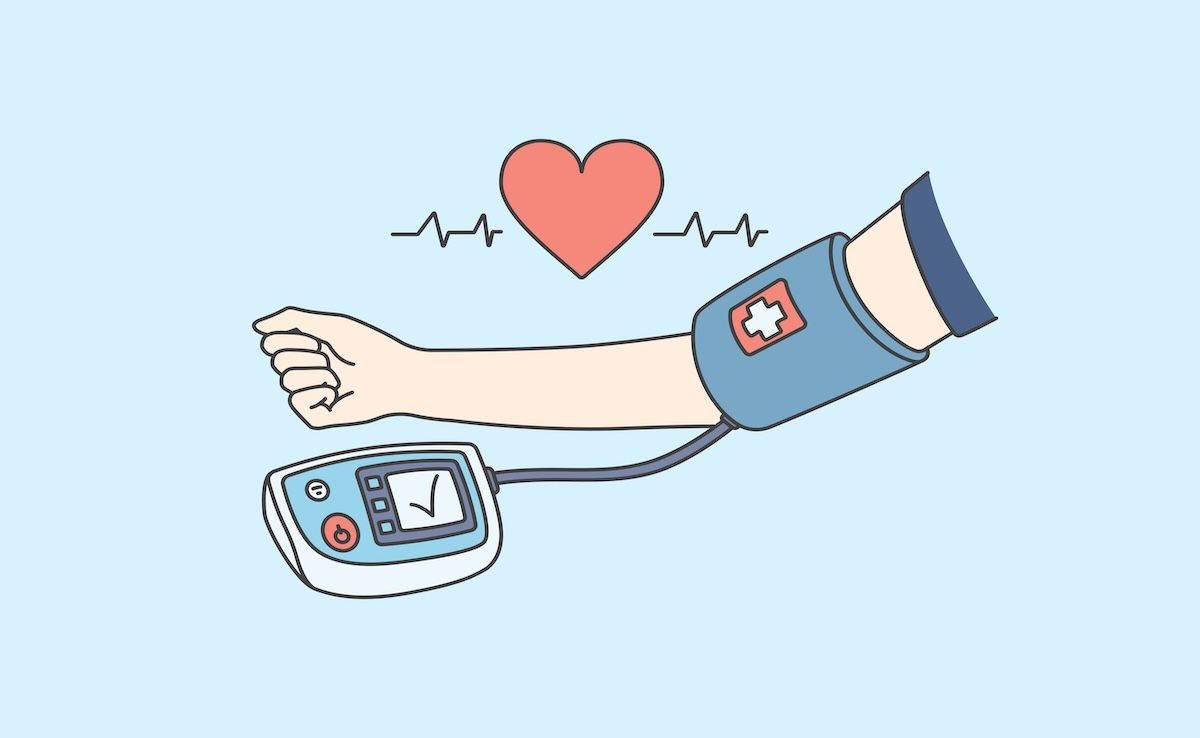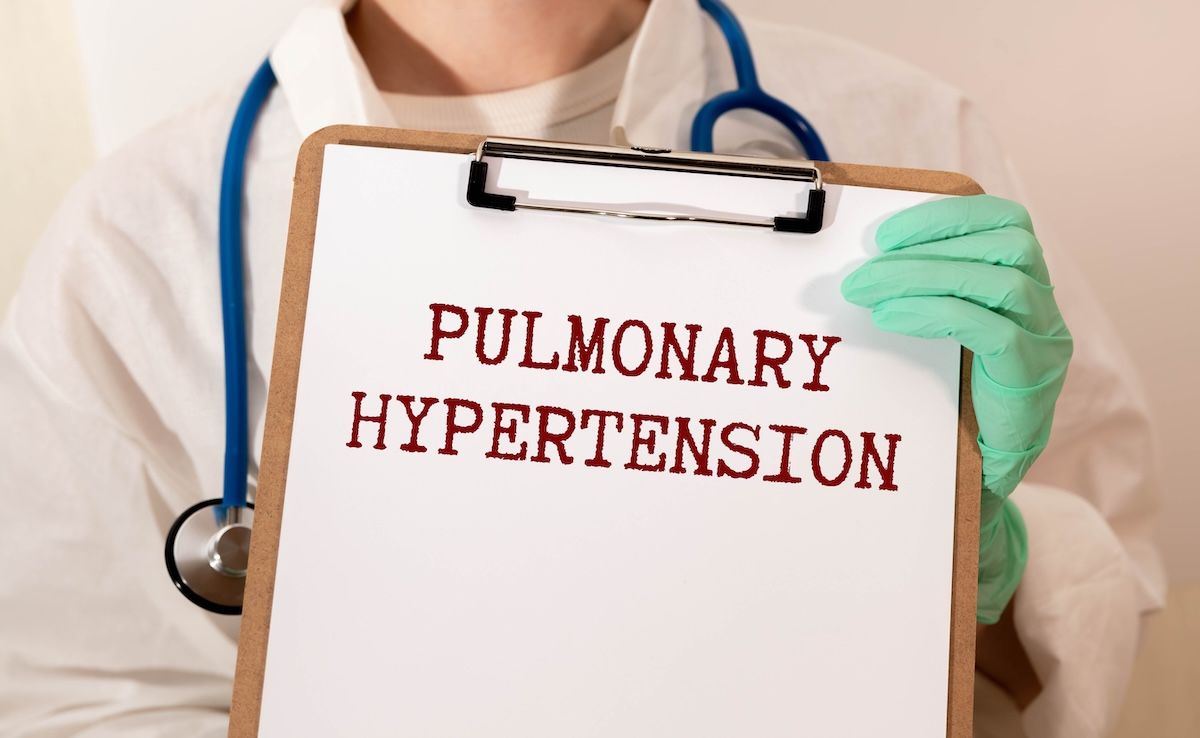Article
Macitentan for PAH Associated With Cost-effectiveness, Higher Total QALYs
Author(s):
This new study from Iran investigated outcomes following treatment for pulmonary arterial hypertension (PAH) with macitentan compared with bosentan.
Higher costs and increased quality-adjusted life-years (QALYs) were associated with macitentan use to treat pulmonary arterial hypertension (PAH) in a study conducted in Iran and published in Value Health Regional Issues. Macitentan was considered a cost-effective treatment strategy given its incremental cost-effectiveness ratio (ICER) is below the willingness-to-pay threshold.
PAH is a life-threatening disease that is defined by restriction of arterial blood flow in the lungs. Low response to treatment is found in advanced stages, making early treatment vital. The current study aimed to determine the cost-effectiveness of macitentan in treating patients with PAH compared with bosentan.
This study used a Markov model to determine the cost-utility of the 2 treatment strategies. There were 4 states of the disease included: functional class (FC) I, FC II, FC III, and FC IV, along with a death state. The study used a hypothetical cohort that included 1000 patients who had a diagnosis of PAH and a mean age of 48 years; 50.7% had FC II disease and 49.3%, FC III disease.
Participants taking bosentan had an administration protocol of 125 mg twice daily whereas macitentan had an administration protocol of 10 mg once daily. All patients received sildenafil and ferrous sulfate supplement in a 50-mg dose once daily and received a vaccine for influenza once per year.
A literature review was conducted and an expert panel of pulmonologists and pharmacoeconomics were consulted to identify cost items. All items were measured in United States currency based on official exchange rates, and outcomes were based on QALYs. Efficacy was measured using the results of the SERAPHIN trial, which was a phase 3 double-blind randomized trial conducted in 2013 that aimed to determine the morbidity of patients who had a diagnosis of PAH and received macitentan. The World Health Organization database was used to collect data on mortality rate.
The researchers found that the total cost of each cycle of bosentan and macitentan was $644.86 USD based on the individual costs of $3.52 and $7.05 respectively. The average cost of treatment for a patient who uses macitentan or bosentan was $19,429.36 and $17,245.99, respectively, from a health-system perspective, according a model analysis.
The researchers found that the QALYs could be measured at 4.02 and 3.04 in determining the effectiveness of macitentan and bosentan, respectively. The ICER was calculated at $2233.46 per QALY, which makes macitentan more effective than bosentan by 0.97 QALYs, even as it increases costs by $2183.37. The ICER for macitentan was also found to be less than Iran’s willingness-to-pay threshold, which made it the most cost-effective strategy for the country.
There were some limitations to this study. Patient-level data were not accessible for the research period of this study, and the study authors cautioned this could lead to inaccuracy when identifying cost items and the management of adverse effects relating to effectiveness. As a results, the results of this study may not be generalizable to other nations or in the long run.
The researchers concluded that although macitentan is associated with higher costs, it is also associated with higher QALYs and had a ICER that was less than Iran’s willingness to pay, making it a more cost-effective treatment compared with bosentan.
Reference
Ekhlasi M, Sheikhi S, Karimi Z, Peiravian F, Yousefi N. Cost-effectiveness analysis of macitentan in comparison with bosentan in the treatment of pulmonary arterial hypertension. Value Health Reg Issues. 2023;34:78-85. doi:10.1016/j.vhri.2022.10.001





